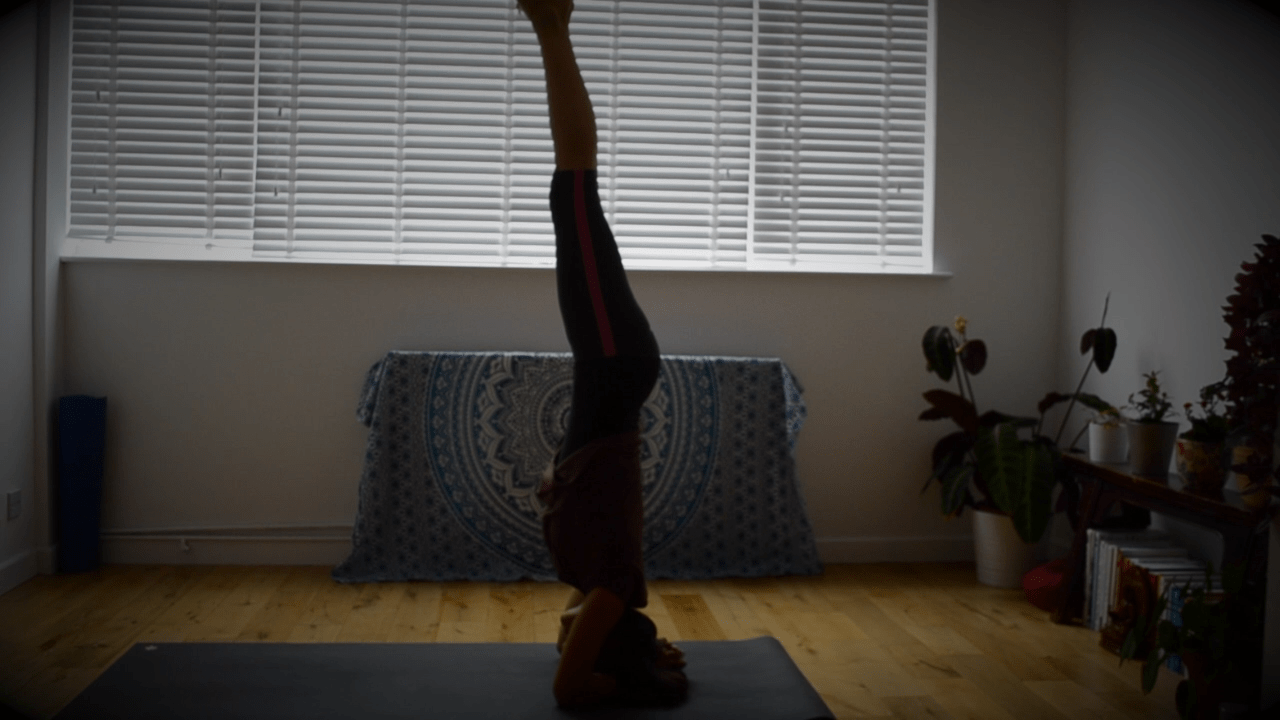Balance is our ability to maintain a stable position. It is one of the essential physical skills that we need to have as we age. So are you balancing well?
We are keeping balance all the time. Walking is a balancing act, reaching for the top shelf, carrying bags, gardening, dancing and sports.. They all require us to find that stability in motion.
Our ability to balance is actually surprisingly complex.
Our brain takes in information from various systems in the body to determine how to move us back into balance. We also have postural reflexes that automatically kick in to keep us upright. But even when all balance systems and postural reflexes are functioning perfectly, our body won’t be able to respond well to the information it’s receiving from the brain if we’re very weak or stiff. So maintaining strength, flexibility, and agility are key for maintaining our ability to balance. Keeping mental focus in the face of distraction is also essential.
Ageing and Balance
Ageing affects all of your balance systems, as well as your ability to respond quickly and appropriately to balance challenges. As we go through the years, our vestibular system and our eyes may change. Ageing can gradually slow the relay of information between your brain and body, and this can affect both your sense of touch (your ability to take in information about the surface you’re balancing on) and your proprioception (your awareness of where you are in a space).
A special problem often associated with ageing is a lack of sensitivity in the feet. If you have spent years wearing shoes almost all the time, your feet become much less sensitive, which makes you less aware of the surface on which you’re walking or balancing. A sedentary lifestyle or lack of variety in movement can reduce your proprioception over time, causing you to lose balance when you make an unusual movement.
Furthermore, age-related muscle atrophy causes loss of strength over time which can make it harder to catch yourself if you lose your balance. Stiffness and reduced range of motion can also cause difficulty in moving from one position to another.
How yoga helps
Fortunately, balance is a skill that you can cultivate, and practicing yoga poses is a great way for improving it. In addition to working on strength and flexibility, both of which are necessary for good balance, you can practice balancing itself in a wide variety of poses.
If your balance is currently shaky, you can use our variations of balance poses with props, such as chairs and walls, to improve your ability to balance comfortably and safely.
Yoga also improves your proprioception and sense of touch, your postural reflexes and reaction times, your focus and confidence.
Benefits of practicing yoga for balance
- Improves proprioception (the sense of where your body is in space).
- Increases body control and accuracy of movement.
- Enhances coordination.
- Increases body awareness.
- Strengthens the feet, ankles, knees, legs and hips.
- Stabilises the core.
- Improves posture.
- Reduces your risk of falls and injury.
- Builds agility.
- Enhances focus and concentration.
If you want to work on your balance, do join me in my online yoga classes or in person in Streatham.
Photo by Martin Sanchez on Unsplash



